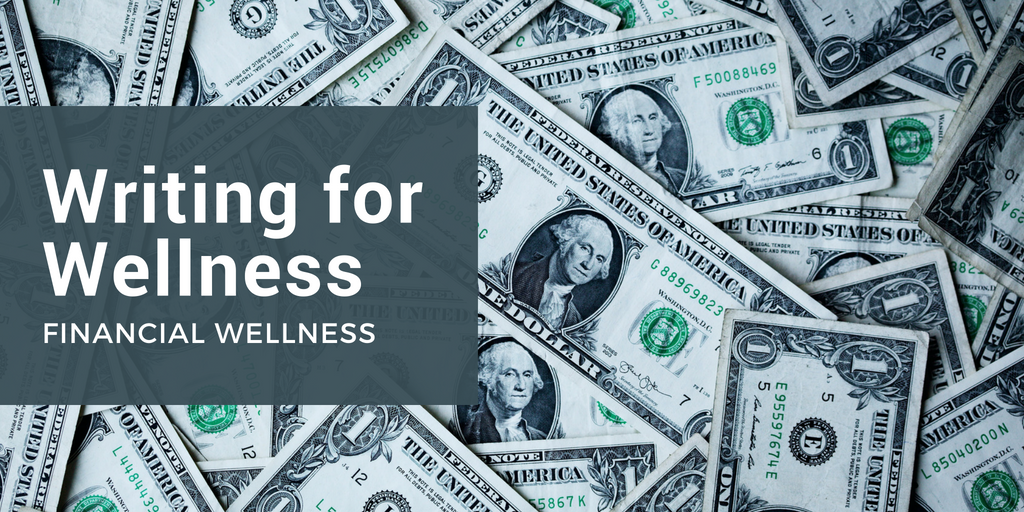Financial stress is a reality that most, if not all, of us face at some point in our lives, to some degree. According to the Federal Reserve Bank of New York, total credit card balances for Americans amounted to almost a trillion dollars ($784 billion) in the second quarter of 2017. 1 Beside this fact, credit card debt is only a small portion of the many types of debt that Americans hold (e.g., mortgages, student loans, etc.), which is cumulatively approaching $13 trillion to date. This hefty burden that the majority of us share, has also been found to impact physical and mental health among workers nationwide.
A 2016 Gallup/Sharecare study found that those workers who agree they have enough money to do everything they want to do are significantly more likely to report eating healthily “yesterday” than those who disagree, and that long-term stress can cause a spike in stress hormones that lead people to overeat and choose foods higher in fat or sugar. 2 Related to this, the results of a Manulife Financial Wellness Index poll showed that 49 percent of “financially unwell” Canadian employees say that they feel distracted at work due to money-related issues.3 Considering the magnitude of financial unwellness and economic insecurity and their relationships to behavioral health and physical health, it’s critical that we understand what some potential approaches to address this wellness dimension may be.
One valued method to financial wellness is to take the “small wins” approach. Professor and organizational theorist Karl Weick helped to popularize the ideas of mindfulness, sense making, and breaking large social problems down into smaller ones to achieve goals. The accomplishment of small wins is an approach that also contributes to personal investment, retirement savings, and debt management. The small wins approach is the process of tracking small achievements toward any relatively large goal, which in turn, releases dopamine (the reward chemical in our brains), prompting us to continue forth in the direction of those small wins. This “small wins approach” is the central premise behind the “Debt Snowball Method”.
The Debt Snowball Method states that individuals with multiple sources of varying levels of debt should focus on sequentially paying off the debts with the smallest outstanding balances first, instead of paying off the debts with the highest interest rates. This method is mathematically counterintuitive, but from an empirical standpoint seems to work best because of the neurological process behind the small wins approach. Essentially, we tend to feel more empowered to take on very large tasks by developing and completing smaller milestones within them. The small wins method also works at the opposite end of financial wellness spectrum—investment and savings.
Starting small with savings and investment is a great way to ensure that momentum is maintained. One great way to start small in investing is with smartphone apps like Stash, Betterment and Acorns. These apps and others like them allow users to invest as little as $5 on a recurring basis into exchange traded funds in order to develop interest and good investing habits. To generate the additional funds needed for these micro-investments, there are several approaches that one could take. One approach is to adjust daily purchases of coffee or lunch so that weekly expenditures on those items can be reduced by $15 to $20 per week, then to reinvest those funds in a savings or investment account. Another approach is to apply profits from part-time income generators, such as Uber, Etsy, or consulting to investment or savings accounts.
Starting small and building on small consistent wins, whether reducing debt or increasing investment assets, is an effective way to make progress toward financial wellness over the long-term.


